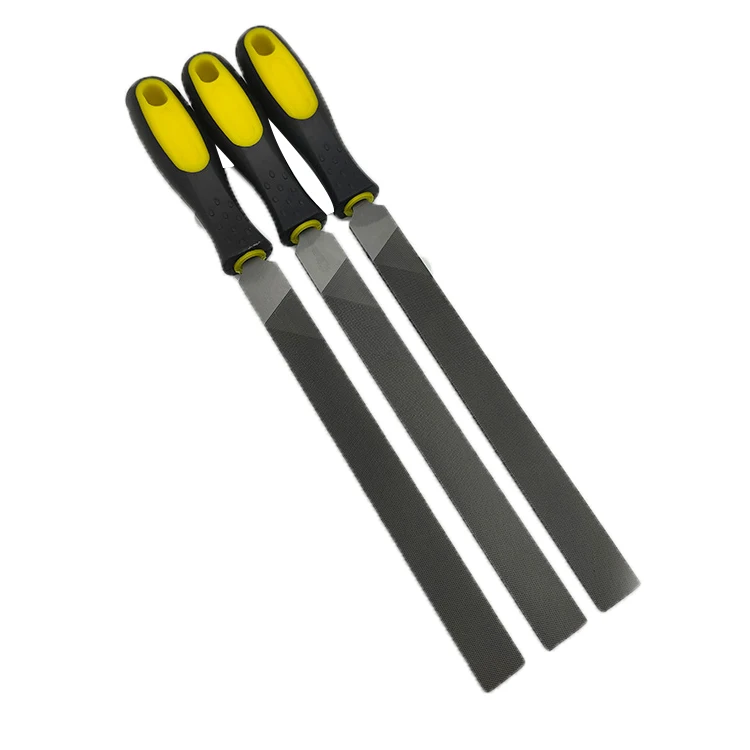Ribbon Cutting and Slitting Equipment for Precise Material Processing Solutions
Understanding the Ribbon Slitting Machine Innovations and Applications
In the dynamic world of manufacturing and packaging, efficiency and precision are of paramount importance. One of the critical tools facilitating these aspects is the ribbon slitting machine. These machines are engineered specifically for slicing wide rolls of material—such as paper, plastic, textiles, and non-woven fabrics—into narrower strips or ribbons. This article delves into the workings, benefits, and applications of ribbon slitting machines, highlighting their significance in various industries.
What is a Ribbon Slitting Machine?
A ribbon slitting machine is a specialized piece of equipment designed to cut large rolls of material into thinner strips, often referred to as ribbons. These machines operate by unwinding the parent roll and feeding it through a series of sharp blades, which make precise cuts at predetermined widths. The slitting process can produce materials ranging from a few millimeters to several centimeters wide, depending on the specific requirements of the application.
Key Components
The fundamental components of a ribbon slitting machine include
1. Unwinding Unit This part holds the parent roll in place and ensures a smooth feed of material. It often features tension control mechanisms to maintain the integrity of the material as it unrolls.
2. Slitting Blades Sharp, durable blades perform the cuts. These can be adjusted to achieve various ribbon widths and may vary in design depending on the material being processed.
3. Rewinding Unit After the material is slit, it is rewound into smaller rolls or ribbons. This unit collects the newly cut strips, offering various winding configurations depending on the end-use.
4. Control System Modern machines often feature advanced electronic controls that allow for quick adjustments to settings, enabling operators to change ribbon widths and machine speeds easily.
Benefits of Ribbon Slitting Machines
Ribbon slitting machines provide several advantages that make them a staple in many production environments
1. Precision Cutting The technology used ensures uniform cuts, which is crucial for applications where quality and consistency are paramount.
ribbon slitting machine

2. Versatility These machines can handle a variety of materials, including paper, film, fabric, and composite materials, making them suitable for diverse industries.
4. Customization Many ribbon slitting machines offer customizable settings, allowing businesses to tailor their production processes to meet specific demands.
5. Space-Saving Design Modern machines are compact and can be integrated into existing workflows without requiring extensive space modifications.
Applications of Ribbon Slitting Machines
The versatility of ribbon slitting machines enables their use across various sectors, including
1. Packaging Industry Slitting machines are pivotal in producing packaging materials such as adhesive tapes, labels, and other protective coverings.
2. Textile Manufacturing In the textile industry, these machines are used to cut fabric rolls into strips for clothing, upholstery, and other textile applications.
3. Construction Building materials like insulation and moisture barriers are often produced using slitting machines to ensure proper sizing for installation.
4. Automotive Industry Ribbon slitting technology is employed in producing parts such as gaskets and seals, where precision and quality are critical.
5. Medical Supplies The production of medical wraps and bands necessitates the use of ribbon slitting machines to ensure consistency and reliability in supplies.
Conclusion
In conclusion, ribbon slitting machines serve as an indispensable asset in modern manufacturing. Their ability to provide precision cuts, adaptability to various materials, and efficiency in operations make them a cornerstone in multiple industries. As technology continues to evolve, advancements in ribbon slitting machines are likely to enhance production capabilities, pushing the boundaries of what is possible in manufacturing and packaging processes. Companies investing in this technology can expect improved productivity and quality in their output, ensuring they remain competitive in an increasingly challenging market.
Share
-
The Best Lubricants for Aluminum Roller GuidesNewsJul.23,2025
-
Slitting Machine Applications in the Packaging IndustryNewsJul.23,2025
-
Rolling Roller Balancing Techniques for Smooth OperationNewsJul.23,2025
-
How To Optimize An EV Battery Assembly LineNewsJul.23,2025
-
Energy Efficiency in Modern Battery Formation EquipmentNewsJul.23,2025
-
Automation Trends in Pouch Cell Assembly EquipmentNewsJul.23,2025







